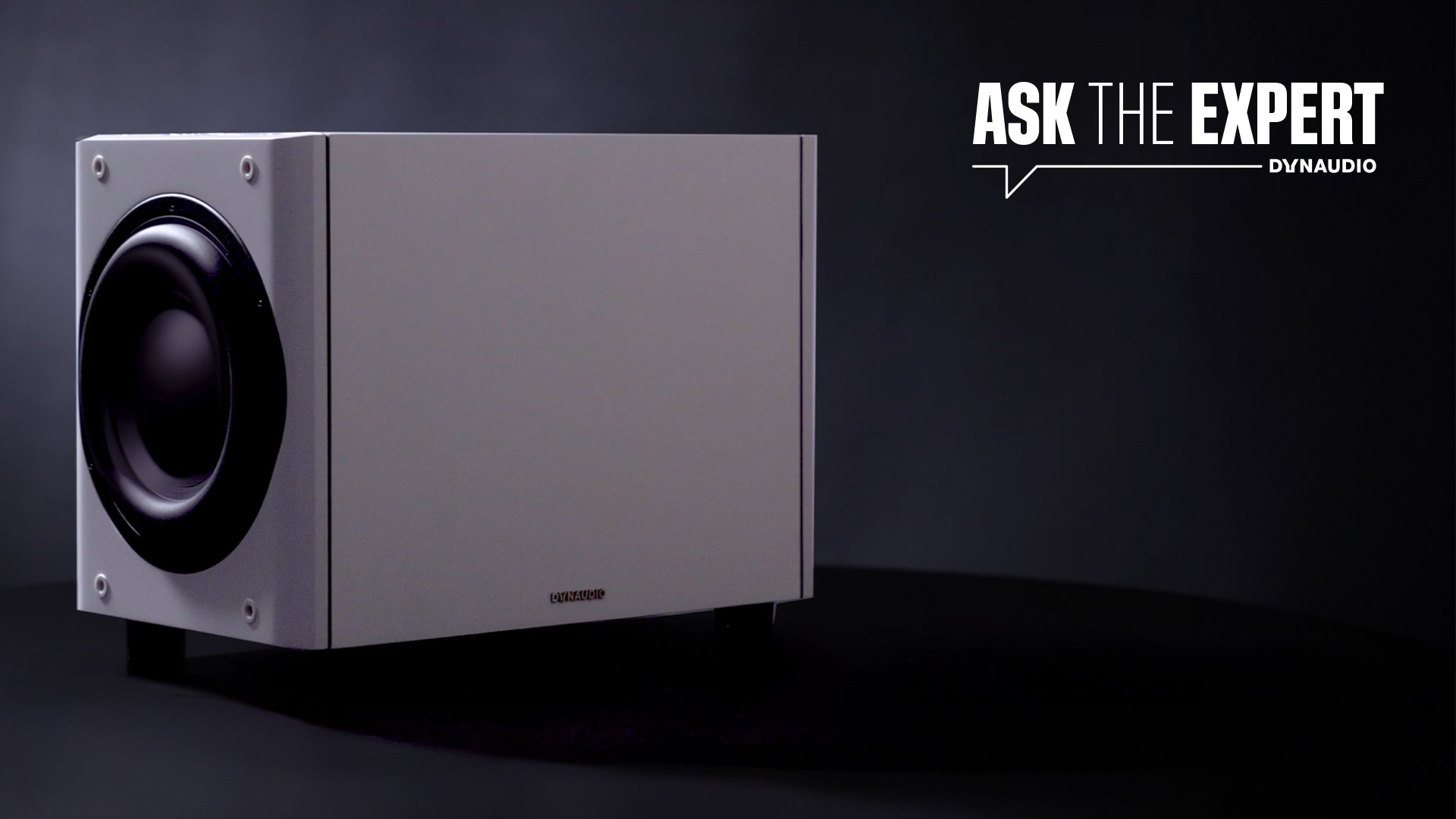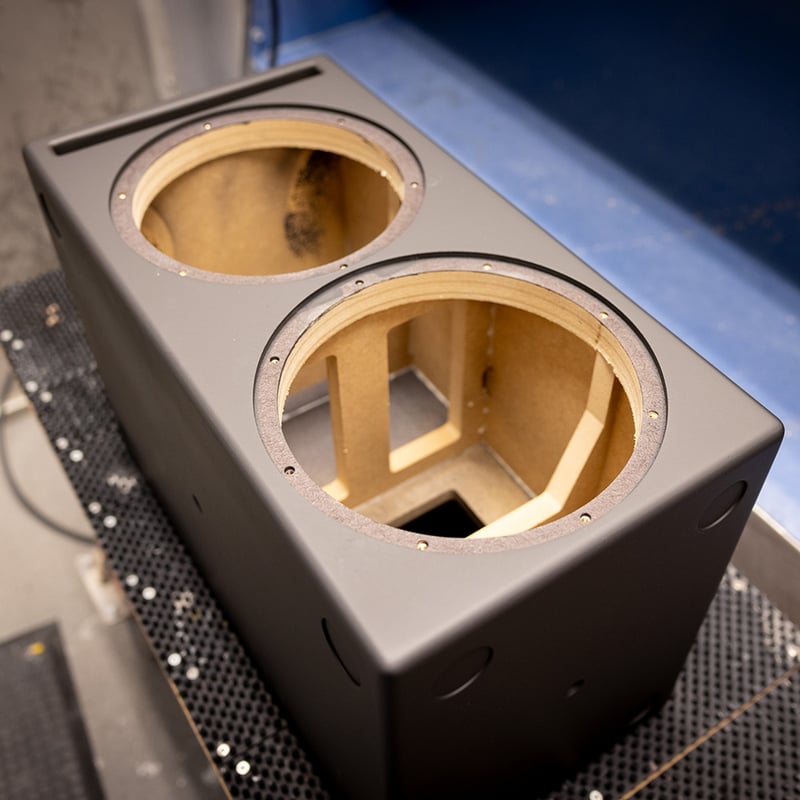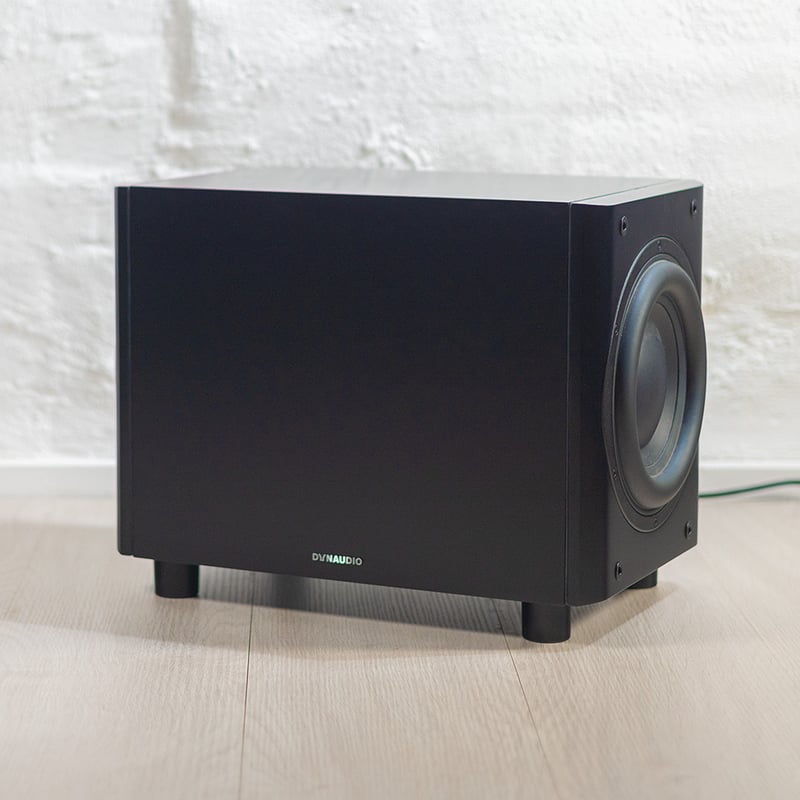On this episode Ask The Expert, we're discussing subwoofer design, and the pros and cons of sealed-box versus ported designs in the world of low end delivery.
So strap in, get comfortable, and enjoy this latest sharing of wisdom. Be sure to post your own questions via the form a the bottom of this page to keep our Experts experting!
How does one choose between subwoofers with bass reflex or acoustic suspension (sealed box)?
With today's topic, it's worth pointing out that the principles being discussed are just as relevant for all loudspeakers are the are for subwoofers, meaning that we've already discussed the basic principles or ported vs. sealed-box in another episode, which you can access here.
With that out of the way, let's get stuck right in and look at the pros and cons of each of the two design principles, specifically with regards to subwoofers.
Sealed box - benefits
Starting from the top, one of the benefits of a sealed box is that you generally can achieve a lower frequency extension. In the sealed box the roll off – i.e the point where you're not getting as much output from the driver as you go down in frequencies – is fairly shallow. So you can utilise that and add some more output and raise those frequencies by employing a sealed box design, effectively extending the frequency response.
Point two is that you can use a smaller physical box relative to the driver. When we tune a subwoofer, we need the box and the driver to work together in symbiosis. A sealed box allows for the possibility of a smaller box being used.
A sealed box also reduces what we call group delay. Group delay is a measurement that tells the equipment when the sound is playing and determines how long does it take for the subwoofer to stop playing at different frequencies. So group delay determines the time it takes for the loudspeaker to stop working, so to speak. The sound coming from the port in a ported subwoofer will be delayed one cycle relative to the driver, so that it takes longer time for the subwoofer to actually deliver the signal. Whether or not this is audible is a discussion point, but nevertheless, a sealed box mitigates this phenomenon and you will often get the impression of "tighter" bass when you have a sealed subwoofer compared to a ported ones.
A final benefit of the sealed box is that you don't have any port noise or other port issues or alignment issues. It's generally a very clean sound emanating fromt the subwoofer. Why then isn't every subwoofer a sealed box design with all of these benefits? Let's discuss its main downside now:
Sealed box - drawbacks
Simply put, SPL. A sealed box will simply not play as loud as some other designs on the market, where specifically, a ported box will help to increase SPL, which leads us to…
Ported box - benefits
The main benefit of the ported box design is increased max SPL. So you are able to play louder within the working range of the subwoofer, and it will have more output. This is really the main reason for having a port in some subwoofers. And perhaps the only reason…
Ported box - drawback
If we look at the downsides of ported subwoofers one is that – below the port resonance, below the tuning frequencies – there is often a very sharp roll off, which is the opposite of what you get with a sealed box. In a ported design, the subwoofer more or less stops playing. Whilst it may have more output in general, in certain frequencies, it will roll off very quickly.
So a ported subwoofer is good at giving punch, and good at giving very loud output, but it's not very good at the very lowest frequencies. And again, due to more group delay and other port-related issues, you might not get the same sound quality as you would with a sealed box design.
Conclusions (kind of)
With all of that being said, depending on the design of the box, it's definitely possible to have a bad sounding sealed box subwoofer and a good sounding ported subwoofer. Everything depends on how well the subwoofer has been designed.
To answer (try to) the question or how does one pick between the two, we would argue the decision should not be based solely on preference for a sealed subwoofer over a ported subwoofer or vice-versa, because making the decision based specifically on that might not give you the net result of the best subwoofer for for your money.
Instead – and just like with any other speaker – ultimately, you have to make some sort of judgement on the sound quality you are getting out of various equipment, and use a bit of common sense, for example wanting to play loud bass in a big room, but using a small subwoofer. It's important to be conscious of quality more than just being dogmatic about your choices.
With all that being said, SPL-constraints aside, we believe that a better performance is achieved with a sealed box sub.
Send us your questions
Don't forget to submit your questions to our experts via the form below – they might just get featured in a future episode of Ask The Expert!








3 comments